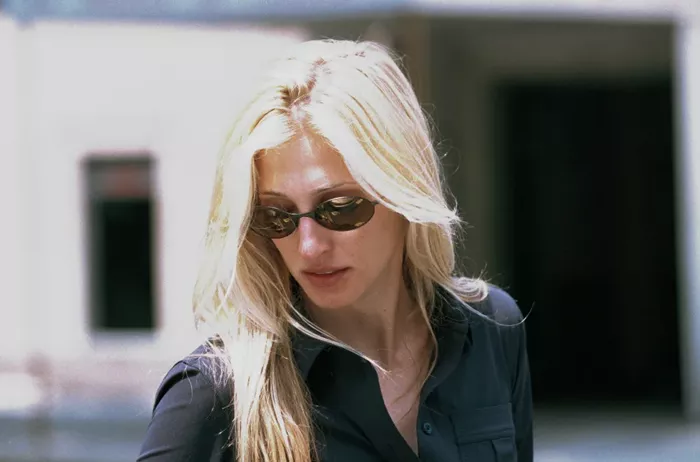Fashion, like all forms of art, is subjective, with its meaning shaped by individual interpretation. However, it also plays a powerful role in reflecting cultural and political shifts. Recent trends, particularly the resurgence of traditional style, may have hinted at Donald Trump’s re-election even before November 5.
Fashion often revisits styles from the past, reworking them to match the mood of the times. This is especially evident in the revival of Y2K fashion, as well as in remakes of iconic media from the era. Take, for example, the contrast between *The Crow* (1994) and its 2024 remake. While both films follow the same storyline, the difference in their gothic aesthetics highlights changing cultural concerns, such as love, power, and identity, over the decades.
In response to the return of ‘90s and early 2000s goth and punk styles, as well as trends like the whimsical “whimsigoth” look inspired by *Practical Magic*, a new trend has emerged. The “clean girl” aesthetic, marked by slicked-back hair and a neutral palette, embraces minimalism over the maximalist styles that dominated earlier decades. It’s a trend that discards the layered looks of the past in favor of simplicity.
Some observers suggest that this renewed focus on traditional style has political undertones. On platforms like TikTok, users have pointed out how the clean, neutral look has been repurposed to signal wealth and “quiet luxury,” often linked to conservative values. This shift, they argue, reflects a broader trend toward conservatism, particularly in the context of economic concerns and immigration, topics that dominated Trump’s platform.
The rise of secondhand shopping further underscores this trend. Thrift stores, once a haven for unique finds, have become hunting grounds for specific pieces like western-style Frye boots or vintage Ralph Lauren sweaters. These items, once symbols of affluence, are now resold to meet the demands of the “low-key” aesthetic popularized by figures like Carolyn Bessette-Kennedy. The growing popularity of thrift culture, alongside the obsession with certain American brands, reveals a desire for conformity, mirroring Republican voter concerns.
Though fashion doesn’t directly convey political allegiance, it does reflect the broader socio-political landscape. Trends like the “clean girl” look are indicative of a return to restrictive beauty standards, similar to those seen in the early 2000s. The resurgence of “undetectable” rhinoplasty, “clean eating,” and the diminishing availability of plus-size clothing reflect a narrowing of beauty ideals, a trend that aligns with conservative values of uniformity.
In the face of this, some fashion observers argue that cultivating personal style can serve as a form of resistance. Thrift shopping, for instance, aligns with anti-consumerist values and offers a contrast to the growing culture of overconsumption. As political figures like Trump push for tariffs on imported goods, thrifting may become a way to counter the hyper-capitalist trends dominating the fashion industry. Ultimately, finding and embracing secondhand clothes, which reflect personal taste rather than mass-market trends, stands in opposition to the broader shift toward materialism and conformity.
Related topics:
- Jennifer Lopez Turns Heads in a Dazzling Plunging Bodysuit at Elie Saab’s Celebration
- Fashion Exhibit Unveils Thrift Shop Treasures, Including Iconic Grace Kelly Gown
- How Ivan Martinez Discovered His Passion for Fashion While Serving on Deployment

